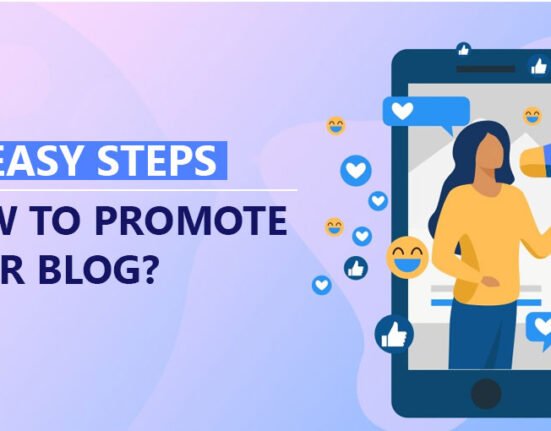Everyone and everything is getting more agile and adaptable. You aren’t just hitting the gym, but listening to a podcast that fuels your emotional or skill development. So, why should your e-Commerce store remain a traditional relic? You may have heard a lot about headless commerce. What are the benefits? Should you switch to headless commerce?
First of all, it’s important to note if you can migrate to a headless commerce platform. While there are several platforms available online, Shopify is one of the best for beginners, and with extensive third-party support, you don’t miss out on any state-of-the-art features. Moreover, you can always get Shopify website development services to make the transition easier.
What is Headless Commerce?
Think of headless commerce as an online commerce model where the front-end and back-end components are independent of each other. If we had to draw parallels with a brick-and-mortar store:
- The front end would be the showroom, whatever customers see. It can be designed in any style you want with fine control on every piece of decor or style element.
- The back end would be the stockroom where inventory management, supplier interactions, and other business operations take place.
Wouldn’t it be great if you could customize the front end of your Shopify store design without affecting how things in the back end work? That’s what headless commerce offers. It makes your e-commerce store more flexible and dynamic. While there are several benefits to this kind of architecture, scalability, and Omni channel expansion stand out and are major reasons behind the rise of headless commerce. Let’s explore them.
Seamless Scalability
Here’s a scenario- An influencer shares raving reviews of your products before the holiday season and you get a ton of traffic. You should be happy right? However, your traditional online store can’t handle the pressure of this landslide of new people visiting. You lose out on sales and disappoint customers. This wouldn’t be the case with headless commerce.
1. Scale independently
When you hire Shopify developers in India, they can work independently on the back end. They can add server capacity and improve site loading speed all while the customers don’t see any disruptions on the front end. Moreover, you can add important features like abandoned cart notification, so that you can create more selling opportunities even after this viral phase passes.
2. Flexible scaling
In a headless commerce platform like Shopify, the front end and back end communicate with each other via APIs (Application Programming Interfaces). Think of them as a set of rules that determine how different programs exchange data and behave with each other. This allows you to add advanced tools to the back end without affecting anything on the front end. So, if you want to add an analytics tool to the back end that brings you more insights into shopper behavior without affecting their user experience, you can do so.
3. It’s future proof
In the future, you won’t need to scramble for resources when new e-commerce technologies (think AI-powered shopping assistants) emerge. The headless design allows you to integrate those technologies into your site effortlessly and quickly.
Omni channel Opportunities
Modern customers want to shop from their favored channel of communication or platform and you need to accommodate to their changing preferences. Fortunately, headless commerce provides an easy way to do that.
1. Consistent branding
Wouldn’t it be amazing if your customer could add a product to their cart on your phone app and go through with the purchase from their desktop once they get home? Offshore web design services can make this happen and help you deliver a consistent brand experience to your customers. Everything including the pricing, promotional campaigns, and product descriptions is stored in the back end and delivered to whatever platform the shopper chooses.
2. Personalized customer experience
With social media integration and back-end analytic tools, you can predict when potential customers are ready for specific products. For instance, if someone is browsing through a lot of vintage sneakers on Instagram, you can show them relevant ads for the sneakers at your store and help them complete the purchase without even leaving the Instagram app.
Big brands like Starbucks, Nike, and Target have already opted for headless commerce. Yes, it is a bit more complex and demands more resources, but the rewards are worth it. Moreover, you can always offset costs by hiring offshore Shopify developers in India.





Leave feedback about this